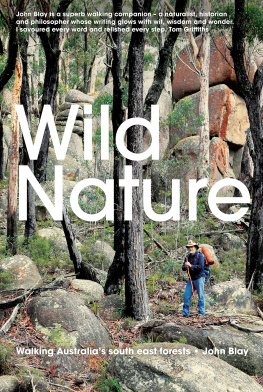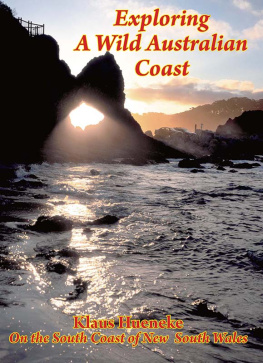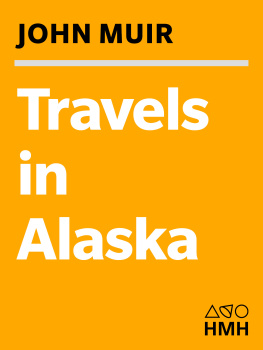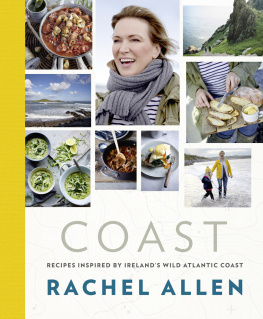John Gimlette - Wild Coast: Travels on South Americas Untamed Edge
Here you can read online John Gimlette - Wild Coast: Travels on South Americas Untamed Edge full text of the book (entire story) in english for free. Download pdf and epub, get meaning, cover and reviews about this ebook. year: 2011, publisher: Knopf, genre: Non-fiction. Description of the work, (preface) as well as reviews are available. Best literature library LitArk.com created for fans of good reading and offers a wide selection of genres:
Romance novel
Science fiction
Adventure
Detective
Science
History
Home and family
Prose
Art
Politics
Computer
Non-fiction
Religion
Business
Children
Humor
Choose a favorite category and find really read worthwhile books. Enjoy immersion in the world of imagination, feel the emotions of the characters or learn something new for yourself, make an fascinating discovery.

- Book:Wild Coast: Travels on South Americas Untamed Edge
- Author:
- Publisher:Knopf
- Genre:
- Year:2011
- Rating:3 / 5
- Favourites:Add to favourites
- Your mark:
- 60
- 1
- 2
- 3
- 4
- 5
Wild Coast: Travels on South Americas Untamed Edge: summary, description and annotation
We offer to read an annotation, description, summary or preface (depends on what the author of the book "Wild Coast: Travels on South Americas Untamed Edge" wrote himself). If you haven't found the necessary information about the book — write in the comments, we will try to find it.
Wild Coast: Travels on South Americas Untamed Edge — read online for free the complete book (whole text) full work
Below is the text of the book, divided by pages. System saving the place of the last page read, allows you to conveniently read the book "Wild Coast: Travels on South Americas Untamed Edge" online for free, without having to search again every time where you left off. Put a bookmark, and you can go to the page where you finished reading at any time.
Font size:
Interval:
Bookmark:
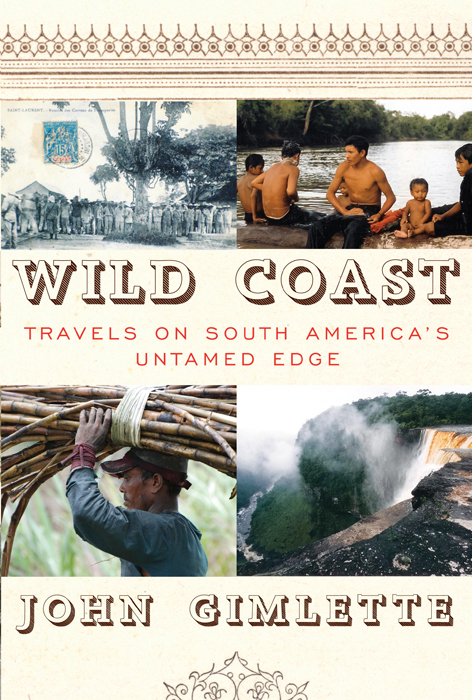
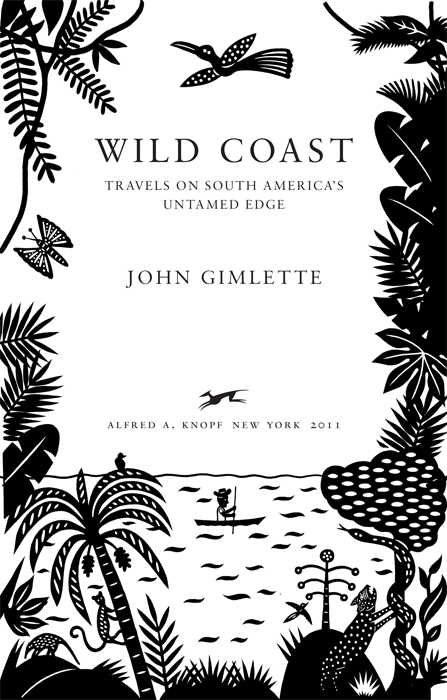
THIS IS A BORZOI BOOK
PUBLISHED BY ALFRED A. KNOPF
Copyright 2011 by John Gimlette
All rights reserved. Published in the United States by Alfred A. Knopf, a division of Random House, Inc., New York, and in Canada by Random House of Canada Limited, Toronto.
www.aaknopf.com
Originally published in Great Britain by Profile Books Ltd, London.
Knopf, Borzoi Books, and the colophon are registered trademarks of Random House, Inc.
Library of Congress Cataloging-in-Publication Data
Gimlette, John [date]
Wild Coast : travels on South Americas untamed edge / by John Gimlette.1st U.S. ed.
p. cm.
Originally published in Great Britain by Profile Books London, in 2011T.p. verso.
This is a Borzoi bookT.p. verso.
Includes bibliographical references and index.
eISBN: 978-0-307-59665-9
1. GuyanaDescription and travel. 2. SurinameDescription and travel. 3. French GuianaDescription and travel. 4. Gimlette, John, [date]TravelGuyana. 5. Gimlette, John, [date]TravelSuriname. 6. Gimlette, John, [date]TravelFrench Guiana. I. Title.
F 2373. G 56 2011 918.81dc22 2011009370
v3.1
Jacket images courtesy of the author
Jacket design by Carol Devine Carson
To my sister, Philippa, and my brothers, Matthew and Edward
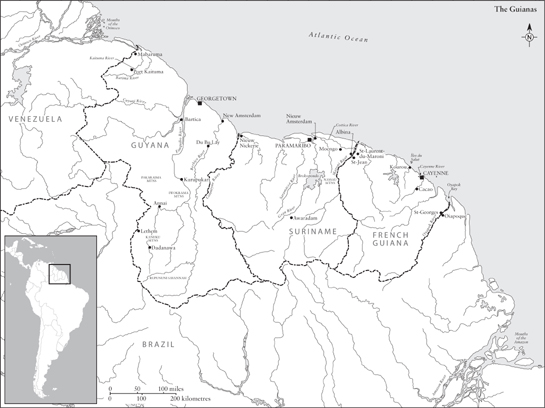
Guiana is a country that hath yet her maidenhead, never sacked, turned nor wrought.
Sir Walter Raleigh, The Discoverie of the Large, Rich and
Bewtiful Empyre of Guiana
The Guianas have fascinated me. It always seemed odd that these three little gobs of empire should survive in the general explosion of South American self-government.
Evelyn Waugh, 92 Days
No elaborate outfit is necessary. For day wear, drill or palm beach shirts or light suits are general revolvers are unnecessary.
The South American Handbook 1947
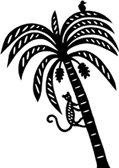
AS FAR AS AMERINDIANS ARE CONCERNED , the land between the Orinoco and the Amazon has always been Guiana, the Land of Many Waters. European explorers, however, took a while to appreciate this name. On early French and English maps the region was marked as Equinoctiale or Caribana, Land of Twenty-one Tribes. To the Dutch, on the other hand, this was for a while the original New Zealand. Then they thought of a name which expressed what they felt. It had about it the promise of danger, risk, wealth and perhaps even desire. It was de Wilde Kust, The Wild Coast.
Certainly nowhere else in South America is quite like it; 900 miles of muddy coastline give way to swamps, thick forest and then deep inland ancient flat-topped peaks. Its never been truly possessed. Along this entire shore, theres no natural harbour, and beyond the mud the forest begins. It covers over 80 per cent of Guiana, and even now theres no way through it. Such roads as there are stick mainly to the coast. Without an aeroplane, it takes up to four weeks to get into the interior, and there the problems begin.
With such an abundant canopy, most of Guiana never sees sunlight. Perhaps its therefore no surprise that both in science and history the story of this land reads like a long, green night. Huge tracts of the interior are only vaguely described, and new species are always tumbling out of the dark. Even some of the more common ones make unnerving companions. Guiana has the biggest ants in the world, and the biggest freshwater fish. There are head-crushing jaguars, strangling snakes, rivers of stingrays and electric eels, and whole clouds of insects all eager to burrow in under the skin. To some this is hell. To others its an ecological paradise, a sort of X-rated Garden of Eden.
But it is water, as the Amerindians recognised, that defines Guiana. Through this land run literally thousands of rivers (in Guyana alone there are over 1,500). These arent like the little waterways that meander through the Old World, but vast sprawling torrents that thunder out of the forest and then plough their way to the sea. Some have mouths big enough to swallow Barbados. But, even the biggest of them the Essequibo, Corentyne and Marowijne are intolerant of shipping; beyond ninety miles inland, nothing larger than a canoe gets through without being battered to bits. Once it was thought that these furious rivers all linked up, and that Guiana was really an agglomeration of islands, bobbing around in the froth.
But whatever the layout, water still rules. It dominates development, trims opportunities and seals off the world. It makes islanders of tribes, and supports long-lost communities of prospectors, Utopians and runaway slaves. It feeds malaria and nurtures some of the worlds most ambitious strains of dengue fever. Damp gets everywhere, rotting buildings and feet and making steam of the air. From the very earliest times human beings have realised that their best chance of surviving Guiana is by living right next to the sea. Even now, nine out of every ten of its inhabitants live on a long, muddy strip, barely ten miles wide.
Its curious, life in the silt. Most of the houses have legs, and every town is built on a grid of velvety, green canals. Meanwhile, the Atlantic Ocean here is the colour of plaster, caused, its said, by sediments harvested in Peru, washed across the continent and disgorged by the Amazon. It makes for a beautiful world, luminously lush and drenchingly fecund. Not surprisingly, its inhabitants are proud of it and give it affectionate names. In Demerara they call their land The Mudflat (and their neighbours the mudheads). But not everyones impressed. As one visiting English yachtsman wrote in 1882, It appears a hopeless land of slime and fever, quite unfitted for man, unless it be for Tree-Indians, a low race of fish-eating savages
Naturally, this claggy, overgrown, fish-breathed coast was never immediately inviting. For years the newly emerging Europeans had steered well clear. In theory, Spain was the first to claim it (along with the rest of the western world) under the Treaty of Tordesillas in 1494. It was five years, however, before they sent a ship, and even then it didnt stop. Another thirty years passed before anyone tried to land, only to be eaten by the locals. After that, Spanish interest in Guiana shrivelled, and the only part they ever occupied was the north-west end, now part of Venezuela, called Guayana. Meanwhile, the Portuguese colonised the southern flanks (now the Brazilian state of Amap), and the bit in between was up for grabs.
Its this bit of Guiana the chunk in the middle that interested me, and eventually it became the setting for these travels. Its an area about twice the size of Great Britain, divided into three unequal, roughly rectangular shares: Guyana (formerly British Guiana), Suriname (formerly Dutch Guiana) and Guyane Franaise (also known as French Guiana). They are sometimes referred to usefully, if a little inaccurately as The Guianas, and form the only part of the South American mainland that was never either Spanish or Portuguese. Whats more, theyve totally resisted the influences of the continent all around, never knowing salsa or tango, Bolvar,
Font size:
Interval:
Bookmark:
Similar books «Wild Coast: Travels on South Americas Untamed Edge»
Look at similar books to Wild Coast: Travels on South Americas Untamed Edge. We have selected literature similar in name and meaning in the hope of providing readers with more options to find new, interesting, not yet read works.
Discussion, reviews of the book Wild Coast: Travels on South Americas Untamed Edge and just readers' own opinions. Leave your comments, write what you think about the work, its meaning or the main characters. Specify what exactly you liked and what you didn't like, and why you think so.

